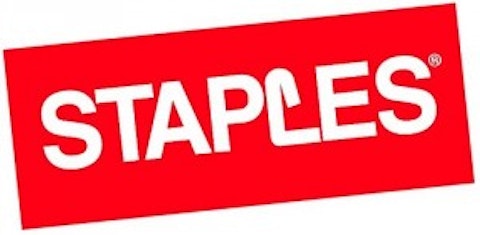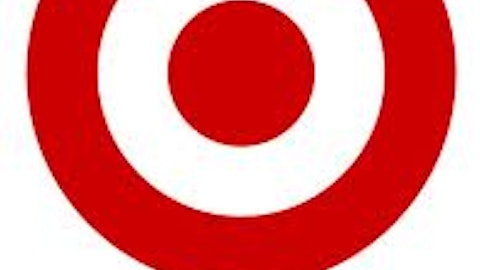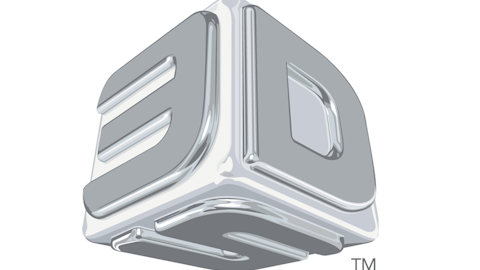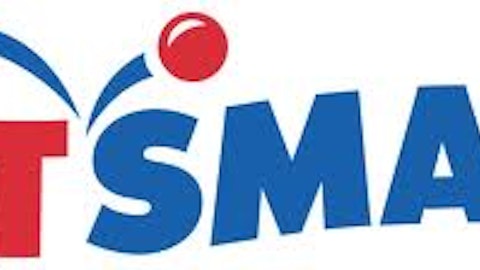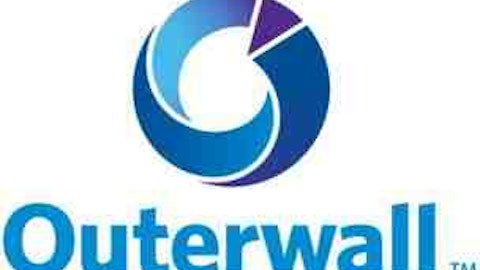There are many industries that have been negatively affected by the rise of mobile computing, and one of the most obvious is office supplies. The demand for paper products is declining as an increasing number of documents never leave their original digital form, with tablets creating an alternative to hard copy. This is a troubling trend for the giants of the industry like Staples, Inc. (NASDAQ:SPLS), and it seems as though the deterioration of the market is happening even faster than predicted.
Staples, Inc. (NASDAQ:SPLS) reported its second quarter earnings on Aug. 21, an event that promptly caused the stock to plummet by 15%. The news was bad on almost all fronts as investors dumped their shares, but were they wrong to sell? Is Staples, Inc. (NASDAQ:SPLS) in better shape than its earnings report suggests?
First, the bad
There was plenty to dislike within Staples, Inc. (NASDAQ:SPLS)’s second quarter earnings release. Total sales were down by 2% year-over-year, although half of this decline was a result of the 103 store closures in North America and Europe over the past year. Operating margin declined by 65 basis points as net income declined by 17% year-over-year. Diluted EPS came in at $0.16, short of analyst expectations of $0.18.
North American Stores, a division which also contains online sales, suffered a year-over-year revenue decline of 2.3% as comparable store sales dropped by 3%. The combination of store closures, a 2% decline in traffic, and a 1% decline in average order size were the culprits. Operating income fell by 24% as lower product margins and investments in the online business dragged down profitability.
International operations fared even worse. Revenue fell by 8.3% year-over-year as comparable store sales in Europe declined by 6% on lower traffic. Operating losses grew to $20 million from $15 million in the same period last year as both Europe and Australia offer difficult environments for the company.
Staples, Inc. (NASDAQ:SPLS) lowered its full year earnings guidance to the range of $1.21-$1.25 per share, although the company’s expected free cash flow for the year remained constant at $900 million.
Glimmers of hope
Among all of the bad news in the earnings report there were some bright spots. Staples.com grew sales by 3% year-over-year, and this growth offset at least some of the decline on the retail side. In the earnings conference call CEO Ron Sargent gave some detail about how this growth was achieved. During the quarter Staples, Inc. (NASDAQ:SPLS) added about 40,000 new products on Staples.com, including items in categories like teaching and education, technology, and furniture. The website now has 150,000 products for sale, with a stated goal to expand to 300,000 products by the end of this year.
Another bright spot was in-store services. The copy and print business grew in the mid-single digits, driven by strong demand for color printing and wide-format signs. EasyTech, which is Staples’ tech support service, saw double-digit growth as new cloud-based diagnostic and antivirus protection services were introduced.
The North American Commercial business actually grew during the quarter, with sales up 1.3% year-over-year. Operating income fell by 10%, although in the earnings call Sargent puts the blame on an increased sales force and marketing costs. When asked during the Q&A about the sales force increase it becomes clear that the company is anticipating picking up business as a result of the Office Depot Inc (NYSE:ODP) – OfficeMax Inc (NYSE:OMX) merger.
As the two competitors to Staples merge, the process will inevitably cause disruptions for current commercial customers, as well as deter new customers from considering the Depot-Max duo. Staples is ready to pick up this new business, but positive results from this increase in sales force are unlikely to surface in the near-term. Until then, margins will likely remain depressed.
The merger will lead to a flurry of store closings, as areas with both an OfficeMax Inc (NYSE:OMX) and an Office Depot Inc (NYSE:ODP) will likely see one of them shut its doors. While Staples has 1,500 stores in the U.S., Office Depot Inc (NYSE:ODP) and Office Max have a combined 2,000 stores, many competing with each other.
The best case scenario for Staples is if the newly-merged competitor remains weak. Both Office Depot Inc (NYSE:ODP) and Office Max recorded losses in the most recent quarter, and both companies have much less consistent profitability records than Staples. There’s no guarantee that merging two failing companies will result in a successful one, and if the combined company fails to be competitive Staples could pick up serious market share.
Office Depot Inc (NYSE:ODP) and Office Max had a combined $17.6 billion in revenue in 2012, less than Staples’ $24.4 billion. Part of this is the strength of Staples’ online business. Interestingly, Staples is the number two online retailer in the U.S. behind only Amazon. Staples sells more online than Apple and Wal-mart, which is quite an impressive feat. This is the big advantage that Staples has over its soon to be merged rival, and it’s the reason that I believe that Staples will ultimately come out on top.
A strategy emerges
In an attempt to balance the decline in demand for paper products and computers, Staples is branching out into new categories. Tablets sales are growing quickly, but the most promising step that Staples is taking is selling new product categories that commercial customers typically buy elsewhere.
One such category is facilities and breakroom supplies. This category, which includes things like snacks, beverages, small appliances, and coffee, grew by more than 20% during the second quarter. It may seem strange that Staples is selling food and drink, but this is part of a strategy to sell to commercial customers related items that they currently buy elsewhere. Instead of buying office supplies from Staples and breakroom supplies from another company, customers can now buy both from Staples. As it expands its online offerings to 300,000 items this year, Staples is trying to become the one-stop shop for everything a business might need.
Although the retail picture looks bleak in the near term, the steps that Staples is taking are encouraging. Staples has been testing a new, smaller store size, and so far 8 locations have been downsized. Sargent stated in the conference call that a majority of these new stores are retaining more than 95% of their previous sales, and with lower fixed costs this should lead to higher margins. More downsizing is being planned, with 30-40 smaller stores in the pipeline, and if the initial success can be replicated the retail business could eventually see a boost in profitability.
The bottom line
Staples now trades at about 11.5 times the high-end of its full year earnings estimate, and while the short-term situation is not ideal, a long-term strategy is beginning to emerge. Online sales are rising as new products are introduced, costs are being cut on the retail side as stores are downsized, and commercial customers are buying related items like breakroom supplies. As this is occurring Staples is still generating plenty of profits, which it’s using to not only invest in new initiatives but also to buy back shares and pay a 3.36% dividend. I own shares of Staples, and I’m holding on to them. The current transition being undertaken is painful, but I believe that in the long-term it will pay off.
The article A Tough Quarter For This Office Supply Company originally appeared on Fool.com and is written by Timothy Green.
Timothy Green owns shares of Staples. The Motley Fool owns shares of Staples.
Copyright © 1995 – 2013 The Motley Fool, LLC. All rights reserved. The Motley Fool has a disclosure policy.
